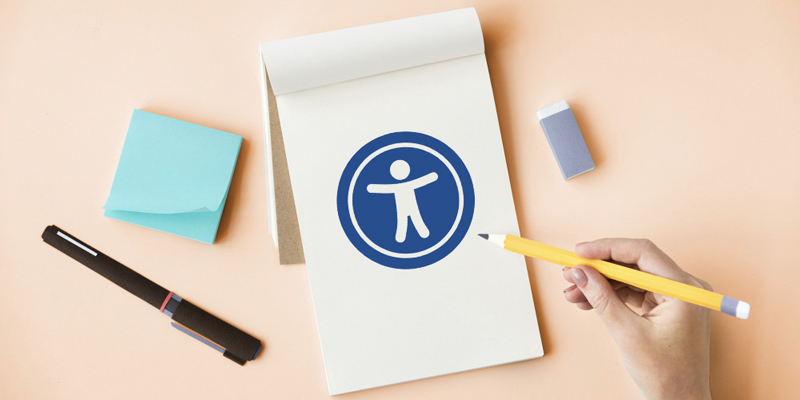Today, we’re going to discuss an essential aspect of web design and development that is often overlooked: accessibility. When it comes to creating a WordPress website, focusing on accessibility ensures that all visitors, regardless of their abilities or disabilities, can enjoy a seamless and inclusive experience. In this blog post, we’ll delve into the importance of accessibility in a WordPress website, as well as provide tips on how to make your site more accessible to everyone.
The Significance of Accessibility
First things first, let’s talk about why accessibility is so crucial. At its core, accessibility is about ensuring that your website can be navigated, understood, and interacted with by all users, including those with disabilities. This is not just a matter of being considerate and inclusive but also has tangible benefits for your WordPress website.
- Enhanced User Experience: When your website is accessible, it translates to a better user experience for all visitors, not just those with disabilities. This improved experience can lead to increased engagement, repeat visits, and higher conversion rates.
- Legal Compliance: Many countries have regulations in place requiring websites to meet specific accessibility standards. By prioritizing accessibility in your WordPress website, you can avoid potential legal complications and maintain a positive reputation.
- Improved SEO: Search engines, like Google, often reward accessible websites with higher search rankings. By incorporating accessibility best practices, you can boost your site’s visibility and drive more organic traffic to your pages.
- Expanding Your Audience: Approximately 15% of the world’s population lives with some form of disability. By making your WordPress website accessible, you are opening your content up to a broader audience and, in turn, increasing your potential for success.
Tips for Making Your WordPress Website More Accessible
Now that you understand the importance of accessibility, let’s explore some practical tips on how to make your WordPress website more accessible:
- Use Accessible Themes and Plugins: When choosing a theme or plugin for your WordPress site, look for those specifically designed with accessibility in mind or that have been tested for compliance with accessibility standards.
- Add Alternative Text to Images: Provide descriptive alternative (alt) text for images, which can be read by screen readers and assist users with visual impairments in understanding the content.
- Use Clear Headings and Structure: Use proper heading structure (H1, H2, H3, etc.) to organize your content, making it easier for both screen readers and users to navigate your website.
- Ensure Proper Contrast and Readability: Choose colors and font sizes that provide enough contrast and are easy to read for users with visual impairments.
- Make Your Site Keyboard-Friendly: Ensure that your website can be navigated entirely with a keyboard, allowing users with motor impairments or those who cannot use a mouse to interact with your site.
- Include Captions and Transcripts for Multimedia: For any video or audio content on your site, provide captions and transcripts to make it accessible to users with hearing impairments.
- Test Your Site for Accessibility: Regularly test your WordPress website for accessibility, using tools like the WAVE Web Accessibility Evaluation Tool, Google Lighthouse, or axe by Deque Systems.
Making your WordPress website accessible is not only the right thing to do but also comes with numerous benefits, including improved user experience, better SEO, and legal compliance. By implementing the tips we’ve shared, you can ensure that your website is inclusive and open to everyone, unlocking its full potential for success.
